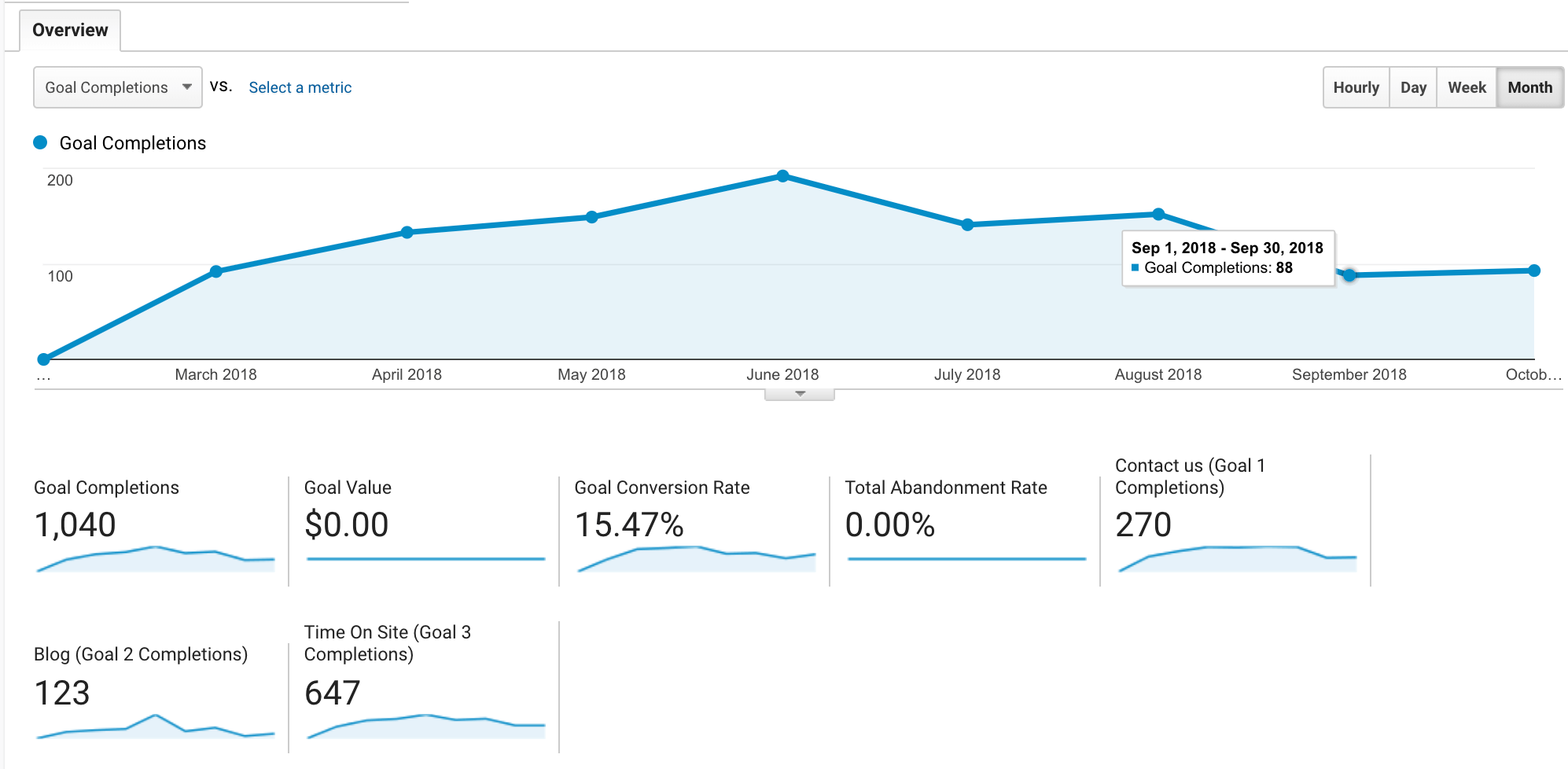Gone are the days of measuring PR success by clips and impressions. We report these figures to demonstrate campaign breadth, but do so knowing it begs the next question: “And, so what?” Today, if you’re unable to show your clients or C-suite tangible bottom-line results, you’re missing the measurement mark.
Here are a few concrete ways to approach measurement and prove to the larger business world that public relations practitioners can in fact do math, despite our bulging right brains.
1. Implement Your Toolkit – Google Analytics is an absolute must; if you don’t know it yourself, work with an expert to do a one-time dashboard setup so you can quickly pull the numbers you need. The key thing is to set up “conversion events” that signal qualified traffic, such as time on site, which pages they visited, if they make a purchase, etc. This enables you to track conversion events by referral site traffic, including your press and influencer placements.

If you do have Google Analytics, sync it with Answer The Client for magical reports built specifically for PR folks, easily answering questions like “how many people clicked through to my client’s site from the coverage we placed” and “did they buy anything once they got there?” Another cool tool, CrowdTangle, takes roughly five seconds to set up as a browser plugin and shows article link reposts and engagement across social-media platforms. Lastly, Coverage Book is a great monitoring resource that goes beyond basic numbers to include social shares, backlinks and domain authority, plus it arranges all your clips in a slick presentation format.

2. Measure What Matters – Decide which conversion events are most important and structure strategy and reporting around those. For some, it’s email subscribers; for others, sales leads, website traffic, foot traffic, or a combination of several things. Take a critical look at the sales funnel and understand where your activities have impact, then overlay data from the two to analyze effectiveness. For example, if your company goal is email subscribers to start qualified leads down the sales funnel, be ready to show which placements drove people to the website and how many of those visitors converted to become an email subscriber.
3. Monetize the Impact – Calculate your results in real dollars by assigning value to conversion events wherever possible. For example, if you’re working with an e-commerce company, dividing the average total sales revenue per e-blast by the number of database subscribers gives you a monetary value per new email address acquired. If PR efforts drove new customers to the site who made a purchase, represent this value as an average lifetime value per customer. If sales leads are the goal, determine the average close rate and value per closed sale to determine the true value per lead secured by PR, and so on.
4. Embrace Backlinks – SEO thrives on backlinks. Among the most valuable are those from media outlets with high domain authorities, though even the links from smaller sites all add up to better SEO. Don’t overlook reporting this long-lasting benefit as part of your coverage, and share the domain authority from your hits. On the topic of SEO analytics, it’s also a good idea to run a competitive audit now and then – not only to show how well your content strategy is performing against rival brands, but also to identify content gaps in keywords where competitors are outperforming you, as well as backlink gaps if those same competitors are garnering exposure in publications you are not. You then have a pinpoint roadmap showing where to focus efforts.
5. Know Where Your Audience Goes – While brand websites are thought of as the primary online marketing hub, this is rapidly changing due to new ways Google displays search results (hello, Google Snippets), as well as a proliferation of e-commerce sites, including Amazon. Bottom line, your audience is now less likely to visit your website versus viewing a Google Snippet, a Google My Business Page or third-party e-commerce site, where applicable. In a recent SEO audit for a brick and mortar client, we found that while their website received several hundred thousand visitors per quarter, in that same period their Google My Business and Yelp pages received millions of visits – sending a strategy signal to focus more efforts on maintaining and optimizing the listing sites versus the company website itself.
Measurement is a crucial part of PR efforts, and to not demonstrate concrete data results puts our discipline far behind our digital marketing counterparts who bathe is measurement gold every second of the day. So, with that, get out there and pump your left-brain muscle. The results will soon speak for themselves.


